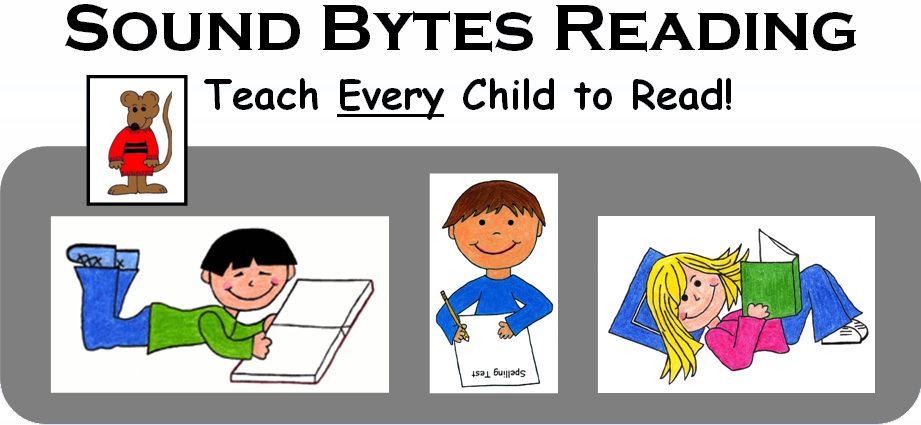Should You Teach Sight Words to Your Beginning Readers? Part 2

Would you rather spend the time it takes to teach your students 70 phonograms that will allow them to read almost all English words easily, or would you rather teach a sight word list of 220 words that will allow them to read about half of all written words? Of course, they may not be able to read all of the other thousands of words that will allow them to understand what they are reading because these are only function or service words—no nouns are included on the list.
One of the problems with teaching sight words is that each one must be memorized as a unit, yet many of them look very similar. When students try to memorize each word as a unit, it is very difficult because they’re not processing every letter of each word from left to right—they look at the shape of the word and the beginning and ending letters of the word. Consider how similar looking these “sight” words are in which only one letter changes to make a completely different word:

Teaching a very few sight words is necessary if we want students to be able to read stories before they have learned the entire code of 70 phonograms. Even then, most sight words become decodable as soon as students learn all of the phonograms and should be taught as such.
Some estimates are that there are nearly one million words in the English language. Half of the words that students need to be able to read in any given text, including all nouns, are less common words. Make sure your students learn the phonetic code of English first so that they will be able to read the many thousands of words they will encounter and so that they will have the decoding tools they need to be fluent, successful readers from the very beginning.
Next week we will examine Fry’s short list of 25 common words that children are expected to memorize as sight words.
